Best practice for hydraulic hose installation
Best practice for hydraulic hose installation is crucial in ensuring that your hydraulic equipment runs efficiently and reliably, in our latest blog we look at the processes, components and tips for safe installation. For many systems, flexible hoses are much easier to route and assemble than rigid pipes, and they allow for some…
Best practice for hydraulic hose installation is crucial in ensuring that your hydraulic equipment runs efficiently and reliably, in our latest blog we look at the processes, components and tips for safe installation.
For many systems, flexible hoses are much easier to route and assemble than rigid pipes, and they allow for some movement. They are also faster and simpler to replace, however, there are still rules that must be followed when it comes time for hydraulic hose installation to maximize the service life of the hose assembly and prevent unnecessary pressure losses.
The components
Hydraulic hoses have three components: the inner tube, reinforcement, and outer cover. The inner tube conveys the material flowing through the hose. The reinforcement gives the hose its strength and contains the hose assembly’s pressure. The outer cover protects the reinforcement. The hose’s inner tube, reinforcement, and outer cover make it similar in many ways to a car tire.
The lay line is printed in a straight line along the outside of the hose cover. It serves two purposes, the first is to provide information about the hose: a product code, ID, working pressure, the second and less well-known purpose is as a visual indicator if a twist in the hose assembly is introduced during installation.
Temperature is an important consideration when designing a hydraulic system. When material flows through a circuit under pressure, restrictions can generate heat, negatively affecting the hose assembly. The heat can also come from an external source, such as an engine compartment, some manufacturers offer hoses with a higher temperature range or add-on, heat-resistant sleeving.
Avoiding Hose Twist When Installing Hydraulic Hoses
If you want your hoses to last and cause minimal pressure losses, you should avoid twisting the hose, a hydraulic hose should be bent in one place only. You should also make sure to account for moving parts that may cause twisting later on.
The labelling or writing on the side of a hydraulic hose can be used as a guide which helps ensure that the hose is not twisted. If you do end up with a twisted hose, then hold the ends and tighten the connections again using a pair of wrenches.
Hose bend radius
Manufacturers offer hoses with different minimum bend radii, some tighter than others. Hoses with a very high tolerance to abrasion may sacrifice some flexibility. Exceeding the bend radius places excess stress on the reinforcement, especially on the outer curve. This can cause bubbles to appear under the outer cover of the hose.
Ensure the assembly is designed to bend hose in only one place to avoid twisting its wire reinforcement. Some manufacturers say that introducing a twist of only 5% can reduce the life of a hose assembly by 60 to 70%, and a twist of 7 to 8% can reduce it as much as 90%. When this recommendation cannot be met, either place the hose in a different orientation or use a swivel coupling, if neither can be done, install a hose clamp between bends.
Provide enough hose length on both sides of the clamp to relieve the stress strain on the reinforcement. This length depends on the inside diameter (ID) of the hose, the reinforcement, and the minimum bend radius.
Avoid abrasion
To help prevent abrasion, use clamps to secure the hose and keep it from rubbing against surfaces or sharp corners. The clamps should be the correct size to fit around the outside diameter (OD) of the hose and prevent movement, but not so tight that it causes damage to the hose’s cover. Ensure there is enough slack on both sides of the clamp to allow expansion and contraction.
Adding a protective sleeve to the hose assembly provides additional abrasion resistance. Popular types of hose protection include nylon sleeving, plastic spiral wrap, and heavy-gauge galvanized wire. Nylon sleeving is used widely as abrasion protection wherever hose assemblies may be exposed to damage through rubbing. Plastic spiral wrap is an economical and easy to wrap individual hoses or bundle them. One of the major benefits of the spiral wrap is that you can install it after the ends are crimped onto a hose assembly.
In applications where hose assemblies are exposed to severe operating conditions, a common choice is a galvanized wire protection with a spring over the hose assembly, the wire helps distribute a bending radius on curved hoses and reduce the likelihood of kinking.
An alternative is to use a swivel fitting, also called a live swivel. It’s important to determine the difference between a swivel fitting crimped onto a hose assembly and a live swivel. Typically, the former will swivel under pressure—it’s not usually designed to rotate continually. These are used more commonly for installation purposes and to take kinks out of hose assemblies. One common application is the pressure-washer hose assemblies. Remember, the hose ends are not part of the flexible portion of the hose assembly.
Hose Length and Installation
The hose assemblies should be long enough that the minimum bend radius is met. Hoses should never be so short that the hose makes a right angle at the connectors. It is also important to make the hoses long enough to account for potential expansion or contraction when the hydraulic system is in use.
On average, hoses can change length by 2% to 4% when pressurized. This means a 24” hose could change in length by an inch. Even if the hose is just being used for a straight-line connection, it still needs to be a cut a little longer than necessary.
Hose Covers
If abrasion cannot be avoided, or if hoses must be run near high-temperature components, then hose covers are recommended. It is much cheaper to install a hose cover than to repair a hose that has a hole worn in it or whose exterior has melted.
For more information on hydraulic hose installation or how we can help with your next project, contact our team on hos@hos.co.uk


